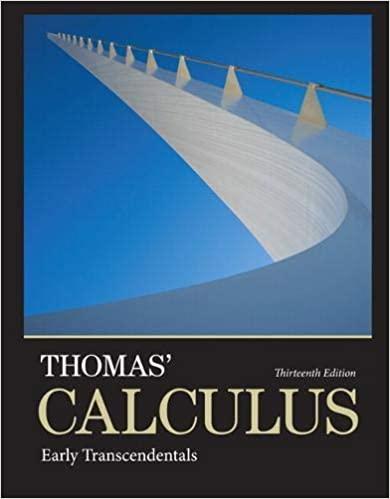In the middle of the fourteenth century, Albert of Saxony (13161390) proposed a model of free fall
Question:
In the middle of the fourteenth century, Albert of Saxony (1316–1390) proposed a model of free fall that assumed that the velocity of a falling body was proportional to the distance fallen. It seemed reasonable to think that a body that had fallen 20 ft might be moving twice as fast as a body that had fallen 10 ft. And besides, none of the instruments in use at the time were accurate enough to prove otherwise. Today we can see just how far off Albert of Saxony’s model was by solving the initial value problem implicit in his model. Solve the problem and compare your solution graphically with the equation s = 16t2. You will see that it describes a motion that starts too slowly at first and then becomes too fast too soon to be realistic.
Step by Step Answer:

Thomas Calculus Early Transcendentals
ISBN: 9780321884077
13th Edition
Authors: Joel R Hass, Christopher E Heil, Maurice D Weir





